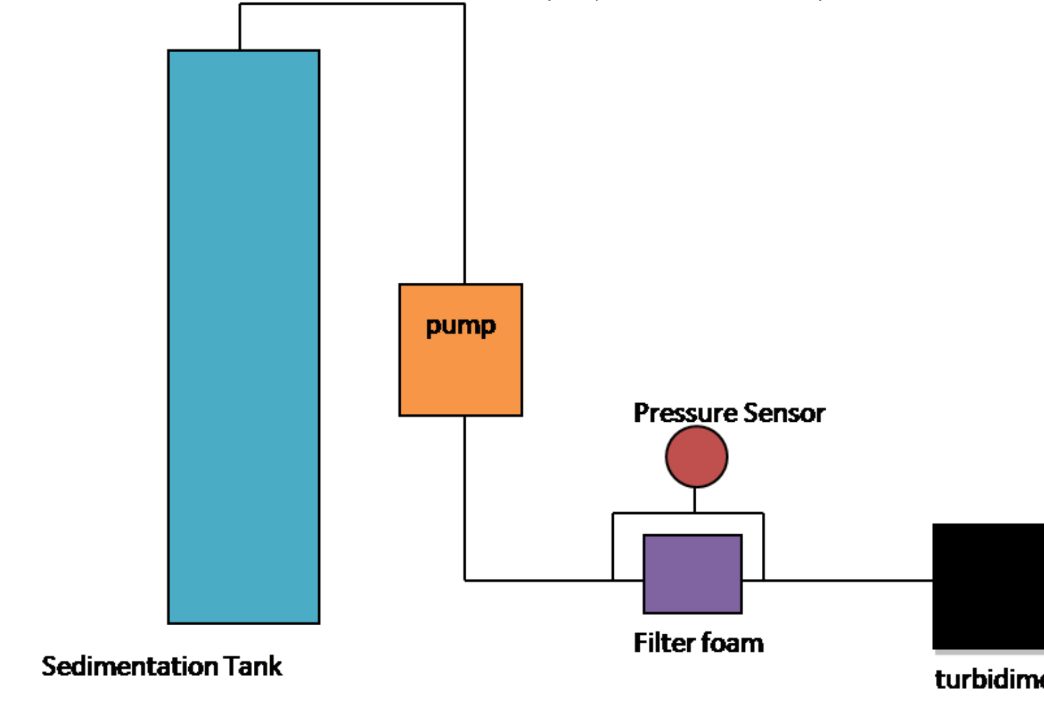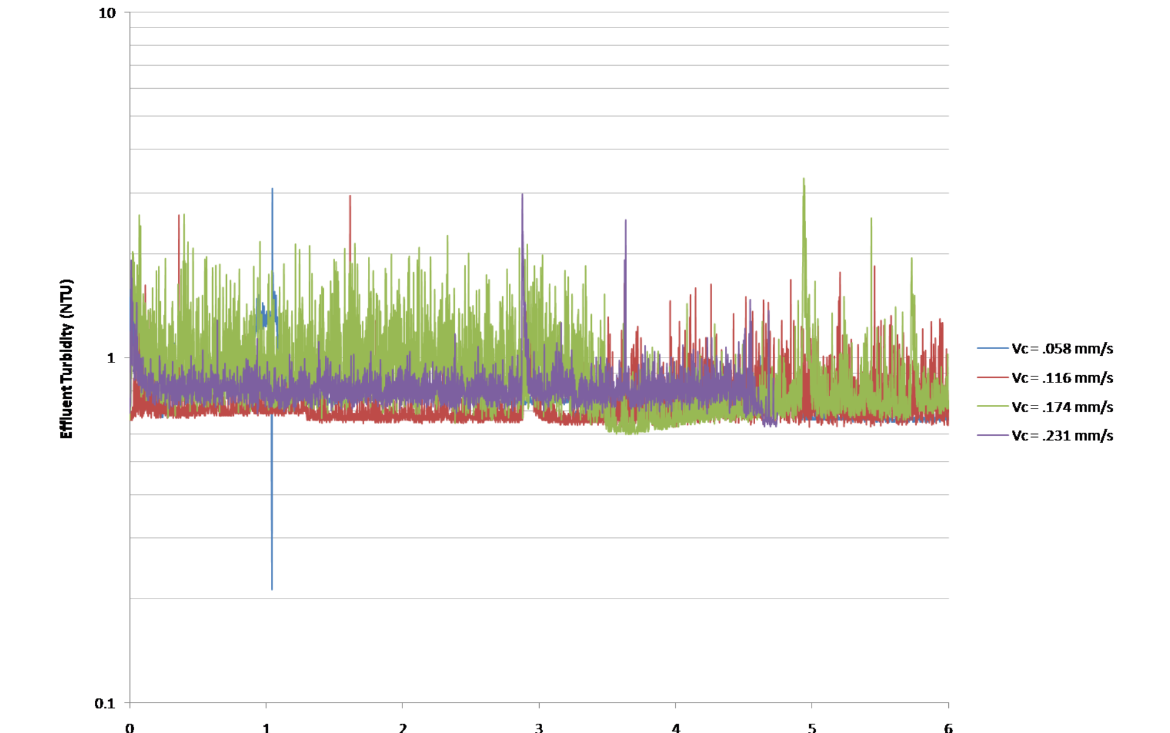In some AguaClara plants, a surface foam develops at the end of rapid mix. The initial focus of the research was on the chemical conditions required for this surface foam to develop then the focus shifted to the fluid mechanics that make this occurrence possible and the simple retrofit designs that can ameliorate these conditions. In the initial experiments, different chemical conditions were tested for using a series of jar mixers and one-gallon tanks that modeled rapid mix. The first few trials tests ran a constant supply of clay with varying amounts of alum but these did not exhibit any form of surface foam formation. Subsequent trials included organic matter: humic acid, but these only produced large non persistent bubbles. It was not until a stronger surfactant, liquid soap, was added to the baffle spacing that a surface foam with strong persistent bubbles developed. From these experiments it was concluded that air entrainment along with a surfactant in the raw water are the main chemical factors behind surface foam formation.
Upon observing that waterfalls, like the one found in the LFOM, created the ideal fluid dynamic conditions for air entrainment; the second half of the research focused on retrofitting the LFOM at current AguaClara plants. The four designs that were suggested either used a submerged orifice, a vertical surface area or an inclined plane to decrease the velocity of the incoming water through the LFOM. In testing the viability of each design option the three limiting parameters of foam formation from water jets were recognized and documented.




